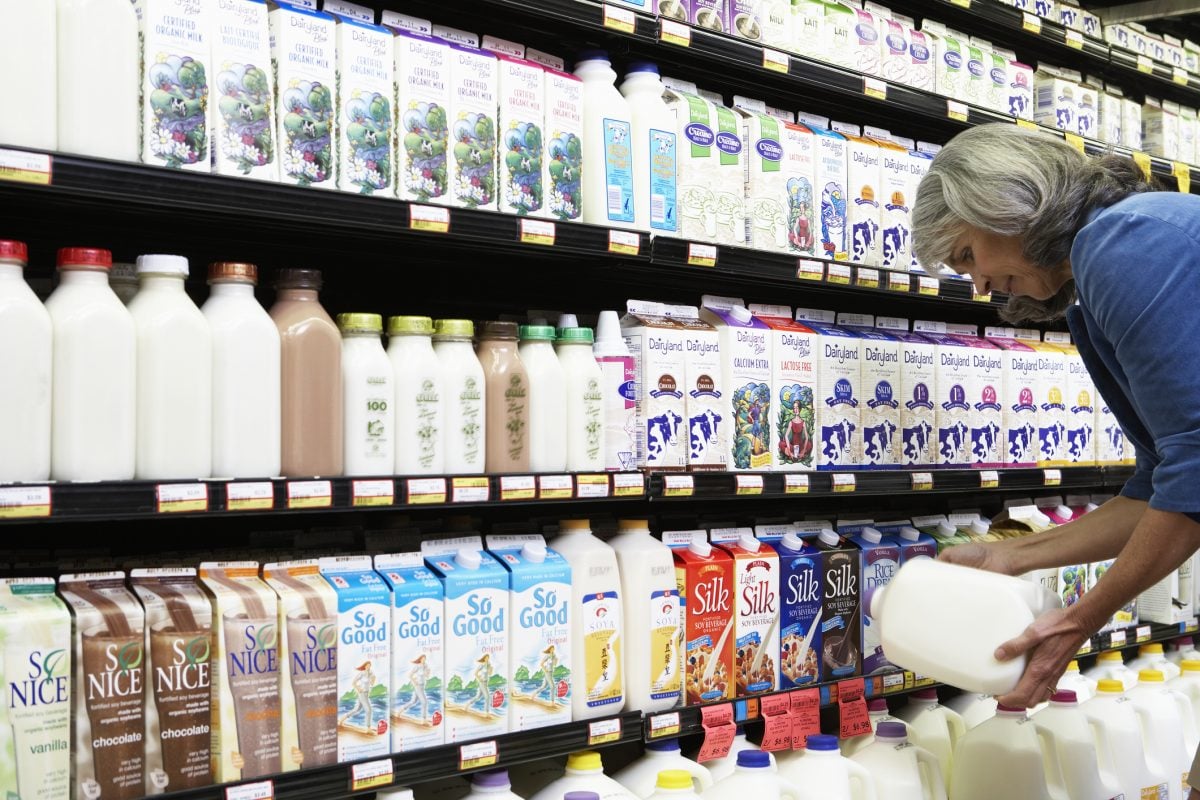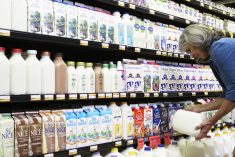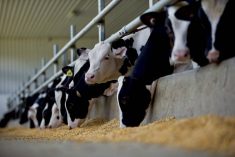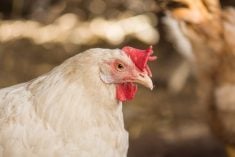Glacier FarmMedia – The Canadian Food Inspection Agency (CFIA) is set to make seven regulatory changes to cut red tape around agricultural production.
“This package of regulatory changes is about building a regulatory environment that reflects and responds to the realities of today’s agriculture sector,” said federal Agriculture Minister Heath MacDonald in a Wednesday press release.
The changes to the Health of Animals Regulations and the Safe Food for Canadians Regulations fall into three categories: removing overly prescriptive requirements; increasing flexibility and speed; and levelling the playing field for the Canadian agriculture and agri-food sector.
Read Also

Trade tensions boosted confidence in Canadian food system, report shows
U.S. tariff threats have boosted Canadians’ view of the nation’s food system according to the 2025 public trust report from the Canadian Centre for Food Integrity. Trust in Canadian farmers remains high but has been eclipsed by trust in scientists.
Industries of greatest impact are fruit and vegetable, and livestock — mainly poultry and veal.
For fruit and vegetable producers, the changes include:
- Fresh fruit and vegetables will no longer require prescriptive label.
- Produce intended for further processing, manufacturing, or preserving is exempt from mandatory grading requirements.
- Fresh fruits and vegetables grade standards will be managed by the Fruit and Vegetable Dispute Resolution Corporation to more effectively meet industry needs.
Changes for the poultry industry include:
- Reduction of traceability labelling requirements for hatching eggs and chicks to align with current industry practices.
- Required testing for Salmonella Enteritidis on hatching eggs imported from the United States to licensed Canadian hatcheries.
Changes to livestock regulation are:
- Increased efficiency and ease in updating animal import rules to align with international standards or new science.
- Updated import requirements for veal to give more flexibility.













